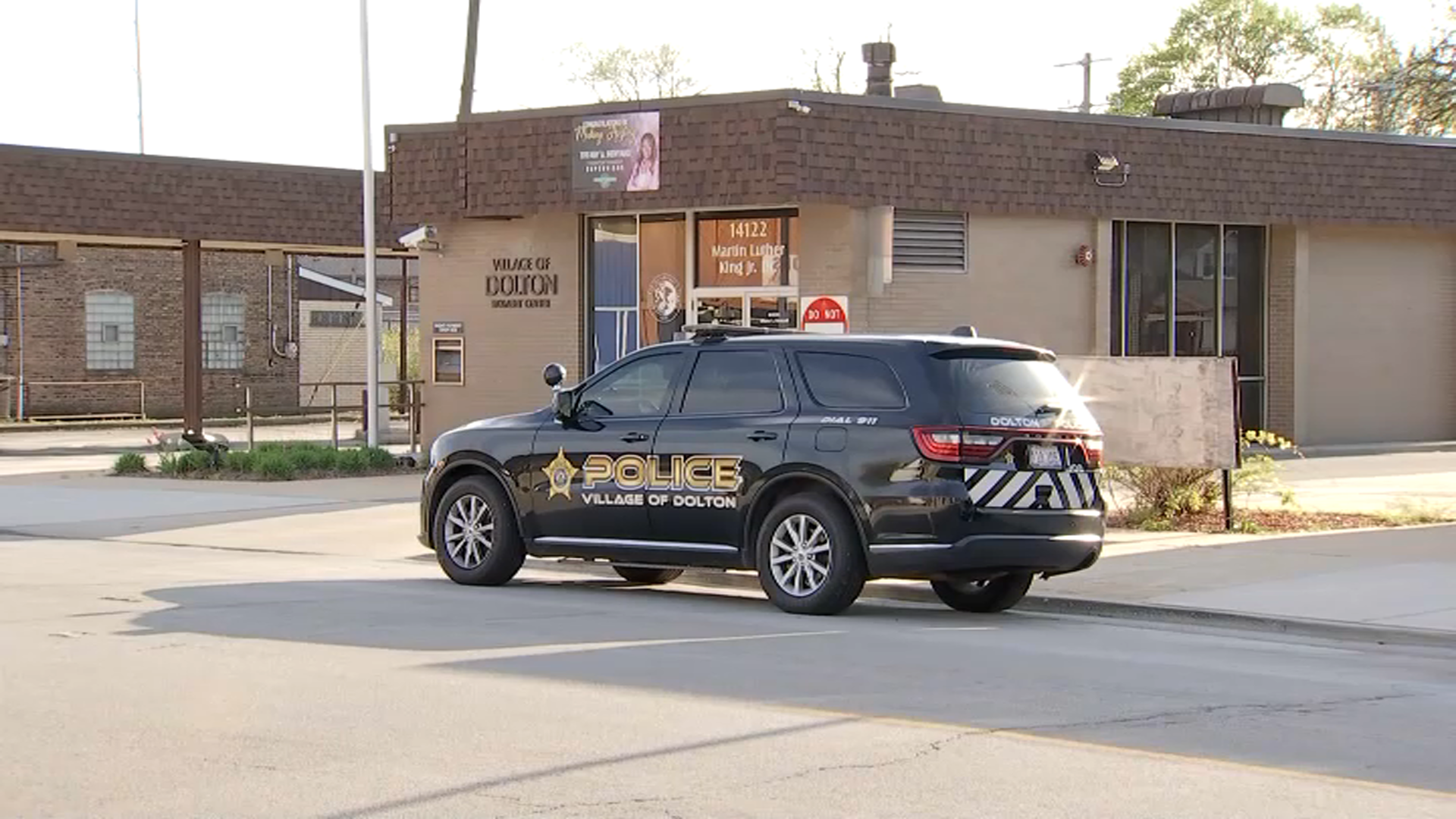A team of recovery experts is on a race against time to save World War II era aircraft resting off the shore of Chicago in Lake Michigan. The team says marine life, corrosion and naval bureaucracy are taking a toll on the underwater treasures.
“We’re keeping track of how much damage the environment is doing to these aircraft. At some point, they’ll crumble. They will just crumble,” said Taras Lyssenko of A & T Recovery.
It may be hard to visualize for most people born after 1945, but thousands of naval aircraft filled the skies above Chicago as the nation trained pilots to fight the Japanese Empire during World War II. According to the Naval History and Heritage Command, about 15,000 pilots trained to take-off and land on two makeshift aircraft carriers on Lake Michigan between 1942 and 1945.
“Without the carriers on Lake Michigan and the support of the community, the Navy would not have been able to train the pilots,” said NHHC historian Hill Goodspeed.
The Navy considered Lake Michigan ideal for training its carrier pilots. It was situated in the middle of the United States, far from enemy submarines patrolling the eastern and western seaboards.
“Along the east coast all the way from New England to New Orleans to the ports of Texas, our ships were being sunk at an unprecedented rate,” said Dr. Joe Troiani, a retired Navy commander.
But not every practice take-off and landing on Lake Michigan was a success. There were 128 losses and more than 200 accidents. A total of eight pilots were killed, according to the NHHC.
Local
The NHHC website said six of the crashed aircraft were recovered from the lake during the war. The others remained underwater for decades until the NHHC granted Lyssenko and his team permission to recover several dozen aircraft beginning in 1987.
Many of the recovered aircraft were restored and put on display in museums across the country.
“We do this because it’s our way of showing the present and future generations what the men and the women of the greatest generation did to preserve our liberty and freedom,” Lyssenko said.
Lyssenko recently published The Great Navy Birds of Lake Michigan, a book about his team’s experiences in recovering the aircraft.
It’s estimated that about seventy aircraft remain in Lake Michigan. Lyssenko told NBC 5 Investigates several more planes are worth recovering, due to their educational value.
“They’re not protected sitting on the bottom of Lake Michigan,” Lyssenko said.
Quagga mussels, which are invasive to the lake, are destroying what is left of the airframes of the remaining aircraft.
Lyssenko said he has put together a recovery and funding plan for an SBD Dauntless Dive Bomber that is located about seven miles of the Chicago shoreline. The dive bomber in question participated in Operation Torch in the early stages of America’s involvement in World War 2, before it was sent to Chicago to be used to train pilots. According to Lyssenko, the pilot was attempting to land aboard a carrier in 1943 when he crashed in to the lake. The pilot survived and later served on the USS Yorktown before becoming a doctor after the war.
“What we think is it should be used as a display as it is on the (lake) bottom and then educate about marine environments and biological damage being done by invasive species,” Lyssenko said.
However, Lyssenko said NHHC archaeologists have obstructed his efforts to recover planes in recent years. A & T Recovery’s last recovery of a WWII era aircraft from the lake happened in 2012.
“We have to spend exorbitant amounts of money making these people happy,” Lyssenko said. “It’s just created a halt.”
The NHHC said it wants to expend its efforts on planes that have a particular tie to a historic person or event. A NHHC archaeologist also told NBC 5 Investigates that planes needs to be left for future generations to discover.
But the decision to recover remaining underwater aircraft is ultimately up to the NHHC director, Admiral Sam Cox.
Cox said he would like to see 5 or 6 more planes recovered from Lake Michigan, including a Dauntless dive bomber. Cox said the challenge is putting together a funding plan. But he would be willing to invest his staff members’ time if a plan is in place.
“Even if that specific Dauntless didn’t have a battle record, it is the same type of aircraft that won the most decisive victory in U. S. Navy history and I would proudly put it front and center in the National Museum of the U. S. Navy,” Cox said.
Troiani, the retired Navy commander, estimates the remaining planes have several years before their airframes are completely deteriorated.



